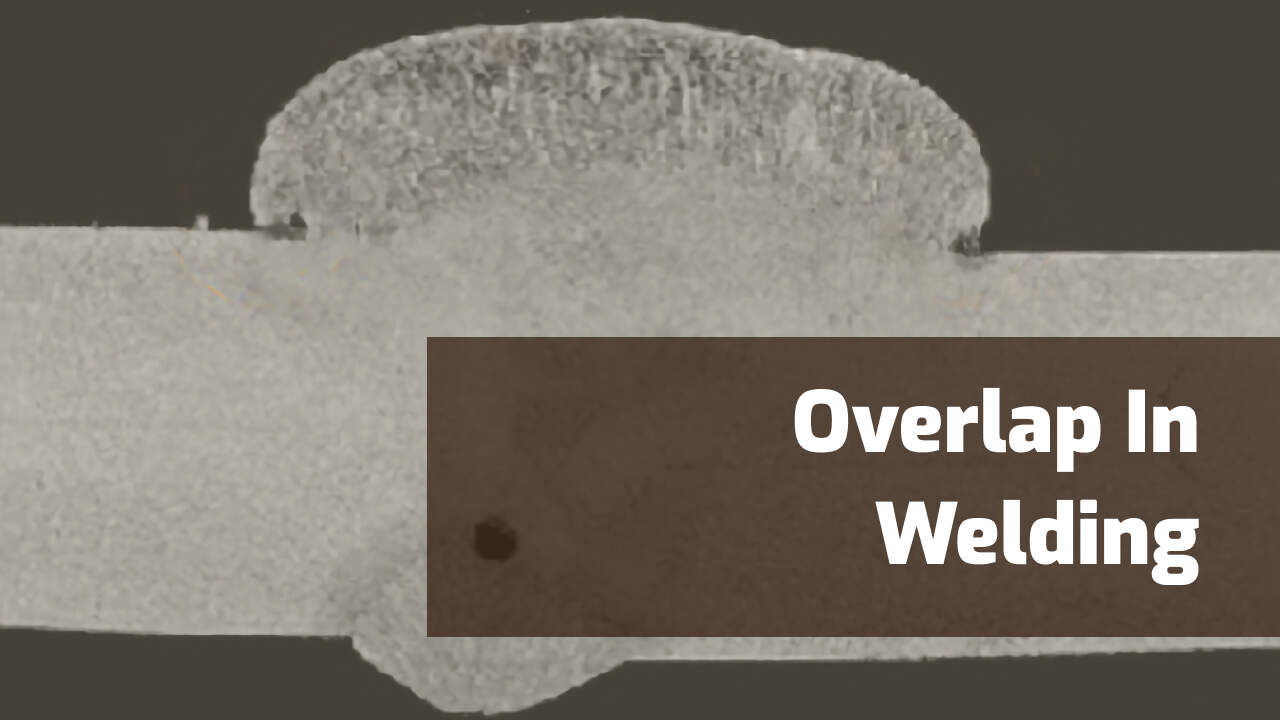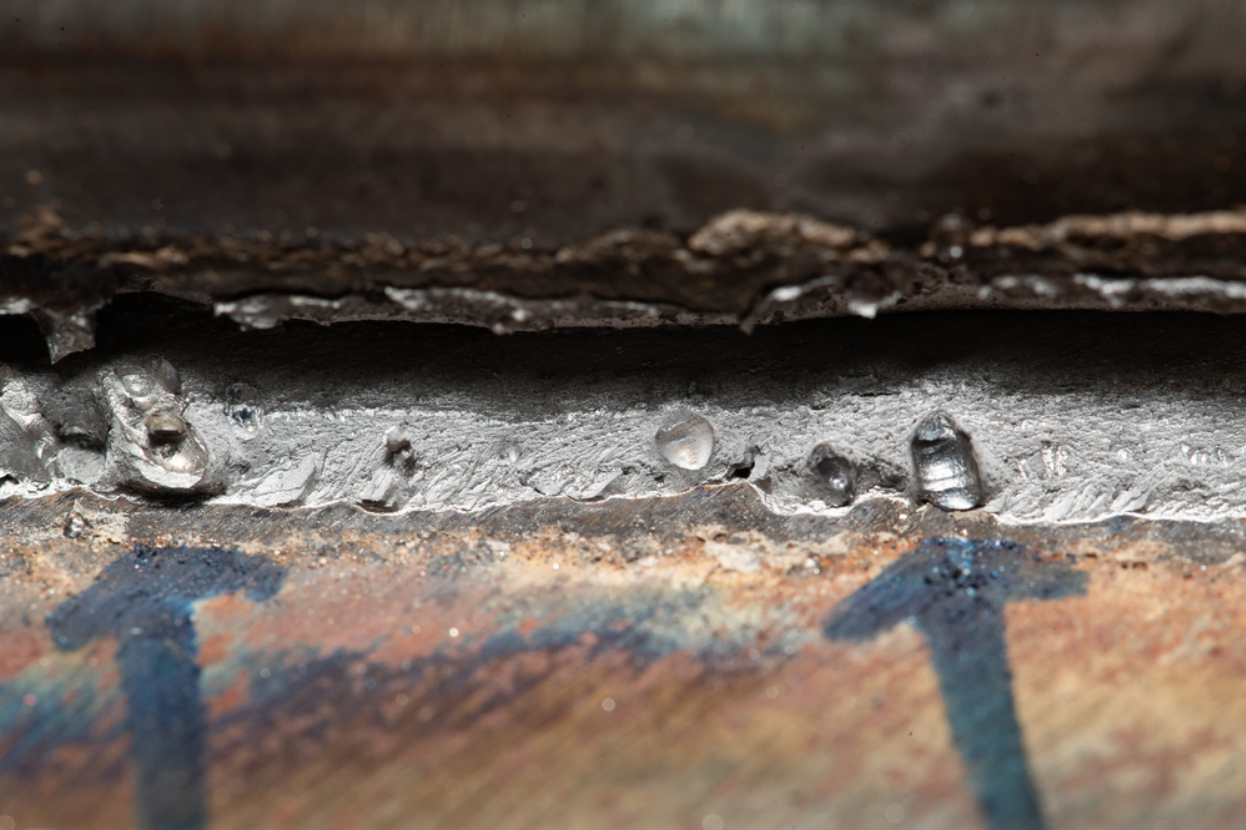Preventing Weld Undercut Demystified: Strategies for Success
Preventing Weld Undercut Demystified: Strategies for Success
Blog Article
Understanding the Causes and Solutions for Undercut Welding in Metal Construction Procedures
In the world of steel construction procedures, the incident of undercut welding presents a substantial obstacle that requires a comprehensive understanding of its causes and viable solutions. The intricate interplay of various factors during welding procedures can bring about this undesirable phenomenon, influencing the architectural honesty and total high quality of the bonded joints - Preventing weld undercut. By exploring the root causes of undercut welding and discovering effective therapeutic actions, producers can raise the requirement of their workmanship and ensure the manufacturing of remarkable metal components
Usual Reasons For Undercut Welding
Often ignored in steel fabrication, undercut welding takes place due to different elements that demand precise attention and experience to be efficiently alleviated. One typical reason for undercut welding is too much warmth input. When the heat input is too high, it can result in the melting and succeeding erosion of the base material along the sides of the weld joint, developing a groove or undercut. Additionally, improper welding strategies, such as using the wrong welding angle or travel rate, can additionally add to undercut formation. Poor shielding gas insurance coverage is one more key aspect that can result in damaging. Inadequate gas coverage stops working to protect the weld swimming pool sufficiently, leading to oxidation and undercut flaws. The option of welding criteria, such as voltage, current, and cable feed rate, plays a significant function in the incident of undercut welding. Comprehending these common reasons is crucial for carrying out preventative steps and making certain top quality welds in steel fabrication processes.
Impact of Incorrect Welding Parameters
Incorrect welding specifications can dramatically endanger the honesty and top quality of bonded joints in steel construction processes. The effect of incorrect welding parameters manifests in different ways, leading to architectural weak points and flaws in the welded elements. One crucial aspect affected by inappropriate welding criteria is the infiltration deepness of the weld. Inadequate heat input due to reduced welding currents or exceedingly high travel rates can cause insufficient fusion in between the base steels, causing incomplete joint infiltration and deteriorated bonds. On the other hand, excessive heat input triggered by high welding currents or sluggish traveling speeds can lead to burn-through and too much reinforcement, developing a breakable and unstable weld framework. Furthermore, incorrect criteria such as inappropriate voltage setups or incorrect electrode angles can add to unpredictable weld grain profiles, absence of combination, and increased opportunities of problems like undercutting. Consequently, careful attention to welding specifications is paramount to make certain the production of high-grade welds with the preferred mechanical homes and structural integrity.
Effect of Improper Lantern Angle
Improper lantern angle in welding operations can considerably impact the quality and integrity of the final weld joints in steel manufacture procedures. Undercutting is an usual welding problem where a groove creates along the weld toe, damaging the joint and compromising its structural integrity.
A lantern angle that is too steep can result in inadequate infiltration, incomplete blend, and increased spatter. On the other hand, a lantern angle that is as well superficial can cause extreme infiltration, burn-through, and distortion of the base product. Preventing weld undercut. Appropriate lantern angle is essential for ensuring consistent weld quality, toughness, and look
To prevent damaging and various other flaws brought on by incorrect lantern angles, welders should be trained to maintain the right torch angle throughout the welding process. Normal tracking and modification of lantern angles throughout welding can assist attain audio welds with marginal issues.
Function of Inadequate Welding Methods

An additional aspect of inadequate welding methods is incorrect weld preparation. Inadequate cleaning of the base steels, incorrect joint design, or inadequate side prep work can all add to damage welding. Poor protecting gas protection or using the wrong kind of gas can result in insufficient combination and the development of undercut flaws.
To attend to the function of inadequate welding strategies in steel construction processes, it is important to offer comprehensive training for welders. Correct education and learning on welding parameters, joint prep work, and protecting gas selection can aid protect against undercut welding and make sure premium welds click to read more in metal manufacture jobs.
Reliable Solutions for Undercut Welding
Resolving undercut welding in metal fabrication calls for executing reliable remedies to improve weld quality and architectural integrity. Among the primary options to fight undercut is to readjust welding parameters such as voltage, existing, and travel rate to ensure proper warmth input and fusion. By fine-tuning these setups, welders can prevent too much melting of the base metal and filler material, reducing the probability of undercut development.
Additionally, correct joint preparation is vital in preventing undercut. Ensuring clean base steel surfaces without impurities and using the proper bevel angle can aid promote much better weld infiltration and reduce the danger of undercut - Preventing weld undercut. Using ideal welding strategies, such as oscillating the lantern or weaving, can also aid in dispersing warmth equally and filling the weld joint appropriately, minimizing the possibility of undercut flaws
In addition, selecting the appropriate welding consumables, consisting of electrodes and filler steels, is essential in alleviating undercut. Making use of products with proper chemical structures and mechanical residential properties can add to achieving audio welds with very little undercut. Normal inspection and quality control procedures need to additionally be applied to spot and deal with undercut problems quickly, making sure the total honesty of produced metal elements.

Final Thought
To conclude, understanding the causes and options for undercut welding in metal construction processes is essential for achieving top quality welds. By dealing with common reasons such as wrong welding specifications, incorrect torch angle, and poor welding methods, welders can prevent damaging and make certain strong, resilient welds. It is vital to take note of these factors and apply reliable services to improve the total welding process and final item top quality.

Report this page